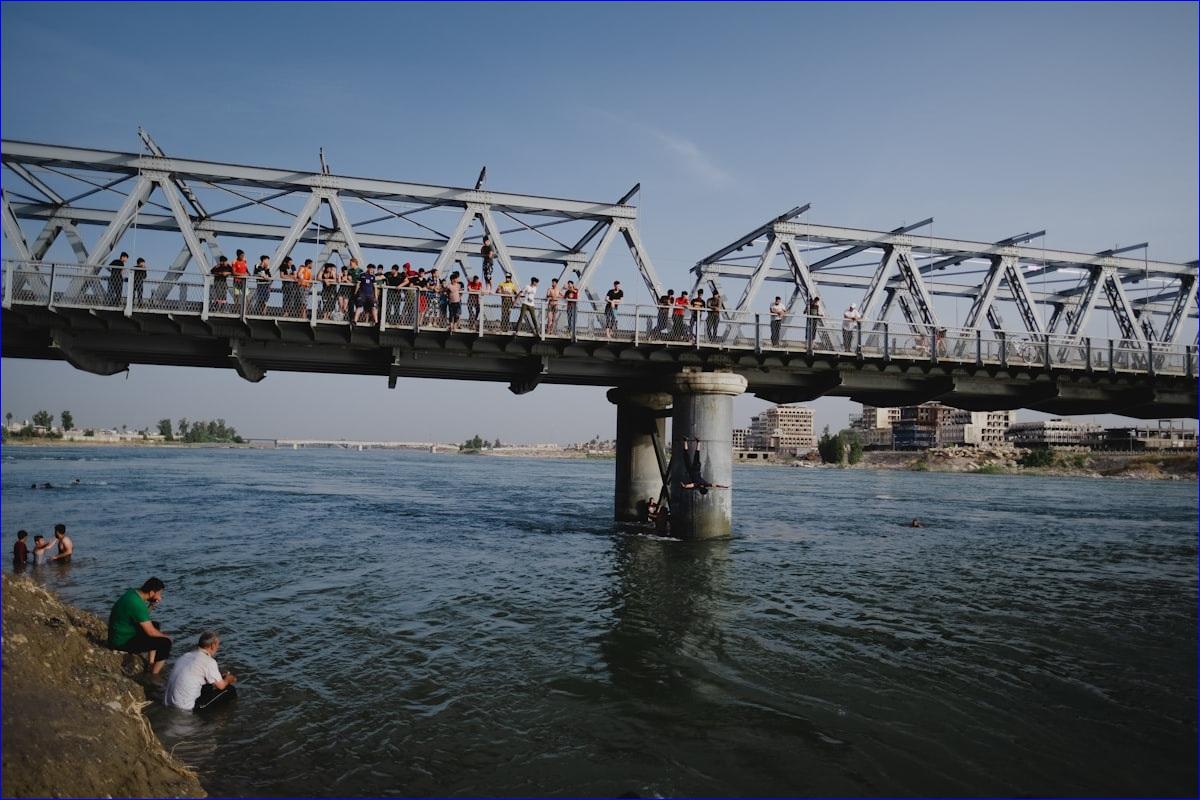


Under Article 140 of Iraq's Constitution, disputed territories such as Sinjar and the Nineveh Plain were meant to undergo normalization, a census, and a referendum to determine their status, a process stalled for more than a decade. Assyrians and Yazidis, who form majorities in the Nineveh Plain and Sinjar respectively, were among the first to advocate for breaking up the large province.
In January 2014, the Iraqi government took an initial step toward establishing a new province encompassing the Nineveh Plain Region. However, that process was cut short when ISIS emerged later that year, derailing political efforts and forcing most Assyrians to flee. The issue has remained off the government's agenda ever since, despite ISIS's defeat.
Rekindled debate following Halabja's new status
The debate over the future of Assyrians, Yazidis, and others in Nineveh has resurfaced following the Iraqi parliament's decision in April this year to recognize Halabja and its surrounding districts as Iraq's 19th province. That move has revived calls from various groups to create new provinces, especially within Nineveh.
Following Halabja's recognition, Iraq's Badr parliamentary bloc called for the creation of a new province encompassing the districts of Tal Afar, Sinjar, and the Nineveh Plains. The Badr Organization, a Shi'a political group led by Hadi al-Amiri, holds 17 seats in parliament. At a press conference in Baghdad, lawmaker Waad al-Qaddo, a Shabak minority representative and member of the Badr bloc, said the proposal aimed to address governance gaps affecting Turkmen, Yazidi, and Assyrian populations. "The people of Tal Afar, Sinjar, and the Nineveh Plains have been marginalized," al-Qaddo told reporters. "Establishing a new province is necessary to ensure justice and fair representation."
Al-Qaddo's proposal, presented as a way to protect minorities, differs from the one put forward by Assyrian political parties led by the Assyrian Democratic Movement (ADM). In a joint statement issued after the Halabja decision, they called for the creation of a Nineveh Plain province. "A decision to establish such a Nineveh Plain province would fall well within existing legislation, as decided by the Iraqi cabinet on January 21, 2014, and as incorporated in Article 125 of the Iraqi Constitution and Law No. 21 of 2008 concerning Governorates Not Incorporated into a Region," the statement read.

Sunni-Arab objections
The renewed calls to divide Nineveh have not been welcomed by all. The Civilians (Madaniyoun) Party rejected the proposals on October 19, warning that any move to partition the province would endanger Iraq's unity and risk reigniting internal conflict.
The Madaniyoun Party, launched this October and led by independent lawmaker Ahmed al-Jubouri, a Sunni MP from Nineveh, is closely linked to the Iraqi Communist Party. At its launch, al-Jubouri described the group as a national movement rooted in the rule of law and a "non-sectarian civil state." "The party seeks to strengthen Iraq's institutions and advance beyond quota-based power sharing and sectarian politics," he said.
Party official Osama al-Khattat told a local outlet that all "political, tribal, and religious forces" must unite to defend Nineveh's integrity, warning that calls to divide the province "would ignite new strife and serve only Iraq's enemies." Sunni Arabs remain the majority population in Nineveh province.
The Halabja example
Halabja's long road to provincial status illustrates the challenges and political bargaining involved. The new province, comprising Halabja District and the surrounding districts of Sharazoor, Penjwen, and Said Sadiq, was previously part of Sulaymaniyah Province. The process began with a KRG decision in June 2013, followed by a 2015 KRG parliamentary vote recognizing Halabja as a province within the region. However, Baghdad refused to acknowledge the decision for years, leaving Halabja in limbo and underfunded.
A breakthrough came this year after negotiations between Shi'a and Kurdish blocs linked the Halabja bill to other contentious issues, including legislation concerning the Popular Mobilization Forces (PMF) and proposals to convert Shi'a-majority districts such as Tal Afar, Tuz Khurmatu, and Al-Faw into provinces.
For Assyrians in the Nineveh Plain Region, Halabja serves as both a precedent and a warning. On one hand, it strengthens the political argument for a Nineveh Plain province; on the other, it highlights the risk of protracted political wrangling that can leave local populations economically and administratively stranded for years.

or register to post a comment.